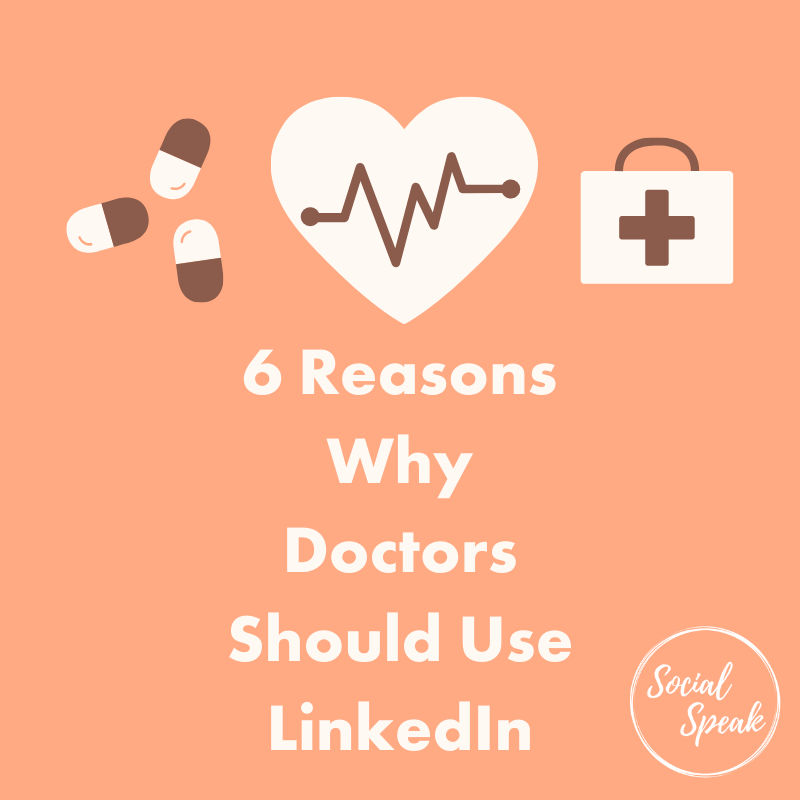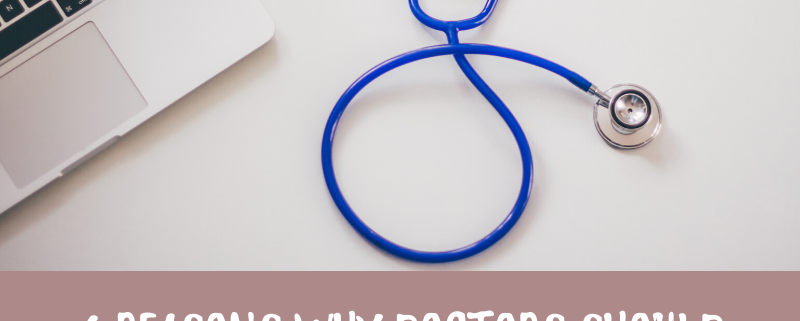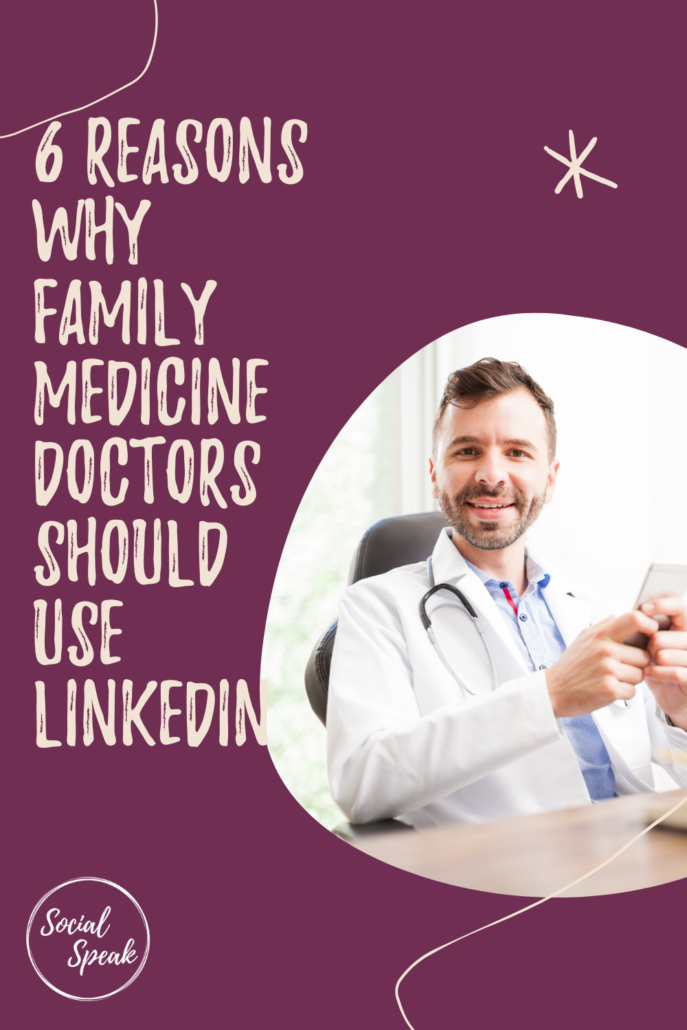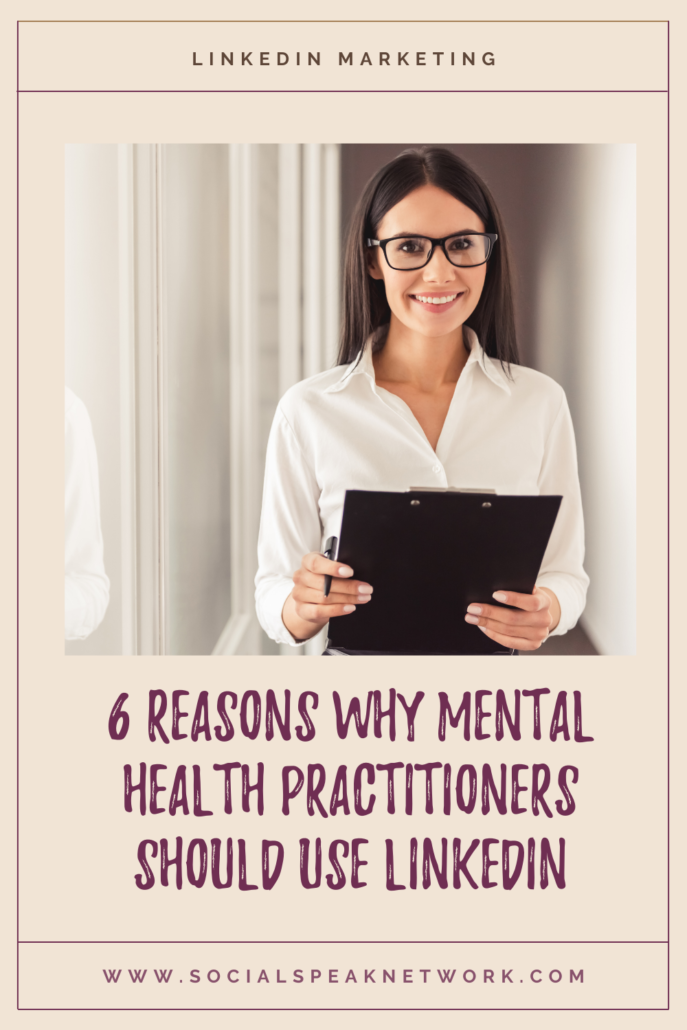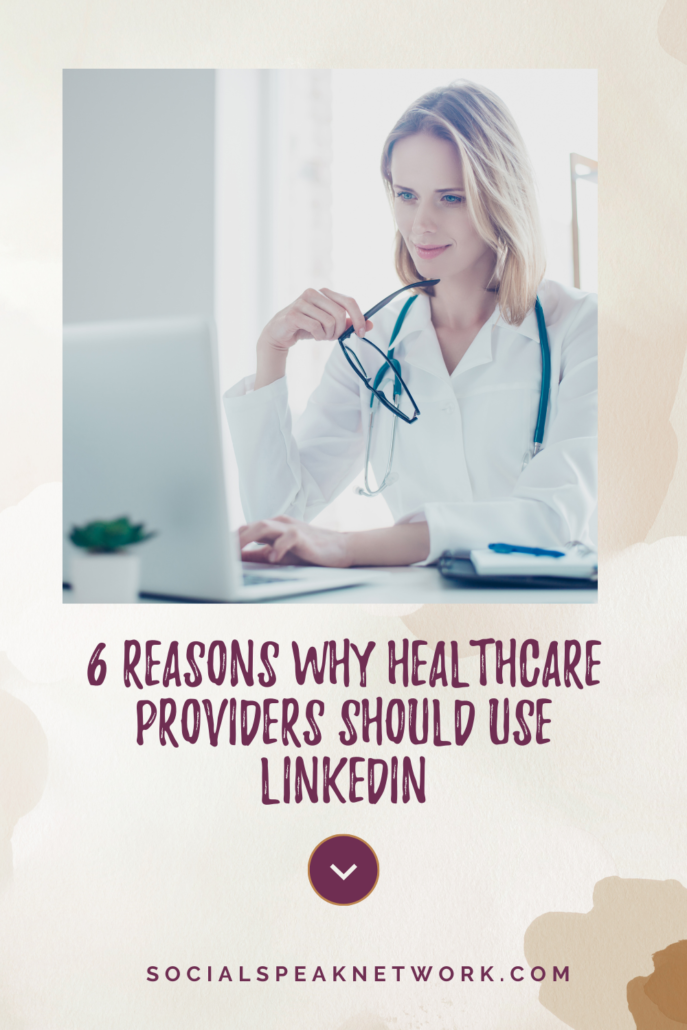UPDATED BLOG POST – You’ve heard LinkedIn is important but is it really? The short answer is yes.
LinkedIn is a social networking site that allows professionals and business people, regardless of their industry, to connect. With more than 600 million users in over 200 countries, it is the world’s largest professional network on the internet. Despite its popularity, many people ignore this platform simply because they do not understand how powerful it can be for exposing and growing their business.
Do you have a LinkedIn account? Here are 6 reasons to create one or dust off your long-forgotten one.
Opportunity to network
We’ve all heard the phrase “It’s not what you know, but who you know”. LinkedIn was built with that proposition in mind.
If you’re looking to build a strong network, LinkedIn is the best place to start. It is great for building strong networks with other healthcare professionals. It has a decent search feature that can help you find people in your industry. There are also numerous healthcare groups on LinkedIn that you can join. Use your LinkedIn connections to build a community. It is up to you to decide how much time and energy you want to put into this process.
When you’re an active LinkedIn user, your opportunities to interact with other healthcare professionals are virtually limitless. Professionals who are using the platform are open to networking, connections, and possibly, professional referrals. If you reach out to them in a genuine, non-spammy way, they’d be more than happy to have you in their network.
Demonstrate your knowledge and expertise
LinkedIn is essentially a digital translation of your CV. It is a great place for keeping all your career information. In fact, there is an entire section available devoted to recognitions and awards you’ve won. This could be an excellent way to tell your audience that you’re good at what you do.
Many people have a Linkedin account. The problem is that their profile is incomplete. Remember, your profile is the first professional impression people will have of you. Completing your profile with your experience, skills, and credentials will increase your credibility. Think of it as your online CV. Go ahead and show off your skills, academic accomplishments, and professional successes.
Content sharing
Unlike other social media platforms, where the focus of sharing is generally personal content, LinkedIn is a suitable platform for professional content.
The open publishing format of LinkedIn provides users an opportunity to both teach and learn. Here, you can share content that reflects your line of work and presents your thoughts and ideas to a wider audience. You can share blogs that have the potential to create a buzz around your name, participate in discussions and express your thoughts or views on certain topics.
Publishing high-quality content regularly creates trust with your connections and positions you as an expert in your field. If your post is featured on LinkedIn Pulse, your reach is exponentially increased.
If you’re not getting enough engagement on your posts, you may want to check out our blog on how to make your LinkedIn posts stand out.
Tap into industry news
In today’s competitive job market, it is important to stay up-to-date with industry news and trends in order to thrive. With new regulations and technologies affecting the healthcare industry, there are lots of industry news to stay on top of. LinkedIn makes it easier for you to stay relevant in today’s evolving healthcare landscape.
Joining industry-specific groups allow you to connect and interact with industry peers. From here, you can get the latest news, post, and announcements.
Be found online
Whether you like it or not, people are going to look you up on Google. And it’simportant that your patients, students, and other industry professionals find you online.
The good news is that Linkedin profiles have high authority with Google. That means, if you have a LinkedIn account, it will appear toward the top of the search results page.
LinkedIn is a great tool for managing and controlling your professional digital reputation since you’ll have direct control over how your online identity is presented. Plus, it will be easier for future patients to find you. Your profile will not only appear when they search your name but also when searching for your specialty.
Further your personal branding
Your brand is what people say about you. Try Googling yourself to see what comes up. These are the first impressions people will have of you.
In today’s digital world, first impressions are formed online, and Linkedin is the best place for people to “meet” you. Your profile is a showcase of your skills, experience, and achievements. It is a great way to present your professional experience, tell your story, and the goals you want to achieve. Make sure your profile is 100% complete. Don’t forget to update your profile photo.
Remember, you will never get a second chance to make a first impression, so make sure that you do it right. Make one that will differentiate you from the competition and reflect who you are.
